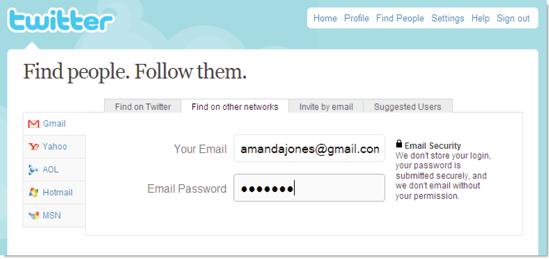With the exception of accounts that have been protected, messages on Twitter are public. Like blog posts, anyone can see them. But the way nearly everyone sees other people's messages is by choosing to get a stream of the updates from people they're interested in. On Twitter, the opt-in model is called following. Here you can see that more than 2,000 people have chosen to follow Kat Meyer.
When you follow somebody, you receive a message every time he updates. When somebody follows you, he receives your message every time you update. Unlike a lot of social software, however, following on Twitter is what geeks call asymmetric. That is, you don't have to agree to follow each other in order to see somebody's messages.
There are two key implications of this model:
Because you don't have to verify each other, you're much more likely on Twitter than other social networks to find people you don't already know. That makes the site good for professional networking.
If you aren't interesting, people will unfollow you, or they'll never follow you in the first place. The opt-in arrangement means that Twitter rewards interestingness. Use your 140 characters wisely.
Get The Twitter Book now with the O’Reilly learning platform.
O’Reilly members experience books, live events, courses curated by job role, and more from O’Reilly and nearly 200 top publishers.


